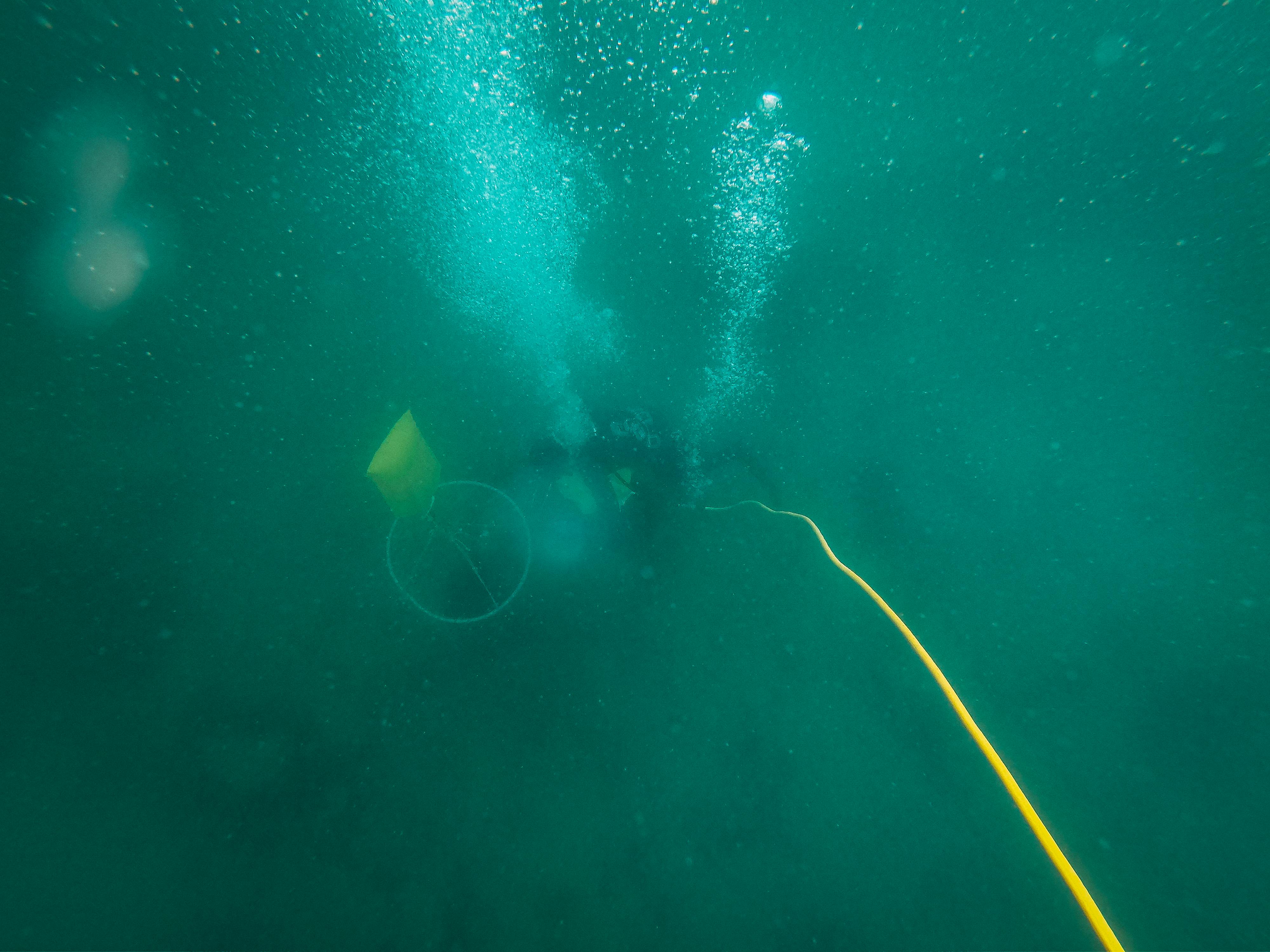Top 5 Types of Aquarium Snails to Enhance Your Tank in 2025

Top 5 Types of Aquarium Snails to Enhance Your Tank in 2025
Aquarium snails are not only fascinating to observe but also provide essential benefits to their aquatic environments. As the popularity of aquatic pets continues to rise in 2025, understanding the various types of aquarium snails available can help hobbyists choose the best companions for their underwater habitats. From freshwater snails like the mystery snail to marine snails such as the nerite, each type offers unique characteristics that contribute to the ecosystem health of an aquarium.
This article will delve into the top five types of aquarium snails, exploring their contributions as algae eaters, their compatibility with other aquatic species, and essential care tips. By the end, you'll be equipped with the knowledge necessary to enhance your tank with these beneficial mollusks.
Let's start by exploring the first of our featured snails.
Essential Guide to Mystery Snails
The mystery snail, also known as Pomacea bridgesii, is a popular choice among aquarium enthusiasts due to its distinct appearance and useful habits. Mystery snails come in various shell colors, including gold, blue, and black, and can live up to three years in a well-maintained aquarium.
One of the key benefits of mystery snails is their algae-eating ability. They are excellent at controlling algae growth, making them an ideal addition to both freshwater setups and community tanks. A healthy mystery snail will require a diet consisting of algae wafers, blanched vegetables, and specially formulated snail food to maintain their vibrant color and actively support tank cleanliness.
When considering tank mates, mystery snails are relatively peaceful but should not be housed with aggressive fish that might nip at their soft bodies. Providing a nurturing environment will ensure they thrive and contribute positively to your aquarium's ecosystem. Over time, you may observe engaging behaviors such as climbing and exploring, adding an interesting dynamic to your tank.
Next, let’s take a look at the dynamic nerite snail.
Introducing the Versatile Nerite Snail
Nerite snails, renowned for their algae-fighting capabilities, are a must-have for anyone looking to maintain a clean tank in 2025. They possess beautifully patterned shells that not only enhance the visual appeal of the aquarium but also adapt well to various water conditions.
These snails are particularly appreciated for their role in preventing algae buildup, making them effective cleaning snails in both freshwater and marine environments. Interestingly, nerite snails do not breed in freshwater, which means they won't contribute to an overpopulation issue, making them a suitable choice even for smaller tanks.
When incorporating nerite snails, ensure there are plenty of hiding spots and vegetation in the tank. These snails enjoy grazing on algae-covered surfaces and will thrive in a balanced environment with adequate calcium levels to support shell health. By providing a proper diet and environment, nerite snails can significantly enhance the overall health and aesthetic of your aquarium.
Following our exploration of nerite snails, let's discuss the visually appealing apple snail.
Understanding the Apple Snail
Apple snails are known for their large, rounded shells and vibrant colors that can energize any aquarium. They are ideal for freshwater setups where they play a crucial role in controlling algae and detritus. One of the most notable varieties is the Pomacea canaliculata, which can grow to quite a large size, making them a striking addition.
To sustain apple snails in a healthy state, it is vital to maintain a balanced diet rich in calcium, as it promotes proper shell growth. Their diet can include a mix of algae wafers, vegetables, and specially formulated snail foods. Apple snails exhibit interesting behaviors, including the ability to come to the surface for air, which adds an engaging aspect to their care.
However, potential tank owners should be cautious about the possibility of apple snails breeding prolifically. Proper management is needed to prevent an overwhelming snail population. Pairing them with compatible tank mates, such as gentle fish or shrimp, can create a balanced ecosystem while keeping the tank visually appealing.
Now let’s move on to the adaptable pond snail.
The Valuable Pond Snail
Pond snails are often regarded as one of the best algae-eaters due to their prolific foraging behavior. These freshwater snails, including Lymnaea stagnalis, thrive in a variety of conditions and can significantly contribute to tank cleanliness by consuming excess algae and organic matter.
In terms of tank setup, pond snails prefer soft substrates where they can burrow and feel secure. Their diets are varied and can include fish food, blanched vegetables, and algae, making them easy to care for and beneficial for aquarium health.
One of the notable advantages of pond snails is their resilience in various water conditions, allowing them to adapt to changes in pH and temperature. However, due to their rapid breeding capabilities, it is essential to monitor their population regularly to maintain a healthy balance and avoid overcrowding. A fully stocked aquarium will enable pond snails to thrive while helping maintain overall water quality.
Let's dive into our final type of snail, the trumpet snail.
Getting Acquainted with Trumpet Snails
Trumpet snails are unique due to their elongated, spiral-shaped shells, which can add an interesting visual element to any tank. They are known as great scavengers, helping to break down dead plant material and detritus, thus contributing to the cleaning process of the aquarium.
This snail species is particularly suited for both freshwater and brackish environments. They are relatively hardy and versatile, making them great companions for a wide range of fish and other aquatic species. With an appropriate diet that includes organic waste, algae, and sinking food pellets, trumpet snails will flourish while providing significant contributions to maintaining water quality.
As trumpet snails prefer to reside at the substrate layer, careful observation of their behavior can provide insight into the overall health of the tank. It's important to maintain optimal tank conditions, including stable temperatures and proper pH levels. This ensures their growth and prevents common ailments associated with poor water quality.
In summary, integrating various types of aquarium snails not only enhances the aesthetic of your tank but also promotes a healthy aquatic environment. By understanding the unique needs and behaviors of each species, you can curtail pest populations, maintain cleaner water, and increase overall tank enjoyment.
Q&A: Snail Care and Aquarium Integration
What are the best types of aquarium snails for beginners?
The best snails for newcomers include mystery snails and nerite snails, as they are hardy and provide cleaning benefits without complicating tank dynamics. They offer a gentle introduction to snail care and compatibility.
How do I introduce new snails into an established tank?
Introduce new snails gradually, placing them in a quarantine tank first to ensure they are healthy. Monitor the water parameters and ensure the new additions are compatible with current tank mates.
What should I feed my aquarium snails?
Aquarium snails will thrive on a diet that includes algae wafers, blanched vegetables, and specially formulated foods designed for snails. Ensuring a nutrient-rich diet is essential for their health and shell development.
Can snails help with pest control in my aquarium?
Yes, certain snails, like the assassin snail, are effective at managing pest snail populations within the tank. By incorporating these snails, you can naturally balance the ecosystem without using harsh chemicals.
How can I monitor snail health in my aquarium?
Regular observations are key to assessing snail health. Look for signs of vibrant color, active movement, and healthy shell formation. Additionally, ensure tank water quality is optimal to prevent diseases.
 example.com/image2.png
example.com/image2.png
 example.com/image3.png
```
example.com/image3.png
```